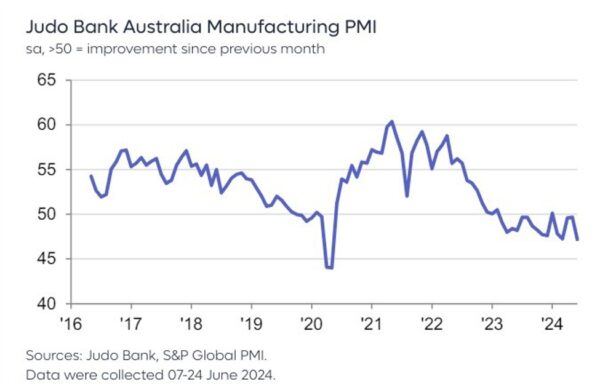Lower-income Americans booked fewer hotels in April, dampening industry outlook

By Doyinsola Oladipo
NEW YORK (Reuters) – Lower-income Americans dialed back their travel spending in April as reduced savings, higher credit card delinquencies, and inflation weighed on household budgets, according to data from commercial real estate analytics firm CoStar.
While wealthier Americans continued to travel, lower-income travelers booked fewer hotel stays in the United States. Costar adjusted its full year forecast to account for slowing GDP and reduced demand from frugally minded travelers.
Overall U.S. hotel room demand in April fell 0.5% due to declining demand for midscale and economy hotels, CoStar said in a presentation at the NYU International Hospitality Industry Investment Conference on Monday.
“The increased cost of living is affecting lower-to-middle income households and their ability to travel, thus lessening demand for hotels in the lower-price tier,” Amanda Hite, STR president, said in a statement.
U.S. room demand in April fell about 2.7% and 3.9% for mid-scale and economy hotels, respectively. Revenue per available room, an important industry metric, fell about 1.7% and 3%, respectively.
U.S. debt levels rose by $184 billion, or 1.1%, in the first quarter to $17.69 trillion, according to the Federal Reserve Bank of New York. Overall borrowing levels are $3.5 trillion above where they were at the end of 2019.
CoStar downgraded its previous 2024 forecasts for the industry, now expecting average daily room rates will rise 2.1% this year compared to its previous forecast of 3.1%. In 2023, room rates rose 4.3%.
Revenue per available room is expected to rise 2% in 2024, compared to previous forecasts of 4.1% and after a 5% increase in 2023.
Occupancy levels are expected to fall year-over-year to 62.8% from 63% in 2023, compared to previous forecasts for a slight increase. Supply is expected to grow 0.8% this year, compared to 0.3% growth in 2023.
(Reporting by Doyinsola Oladipo in New York; Editing by Will Dunham)
This article was originally published by a finance.yahoo.com
Read it HERE






